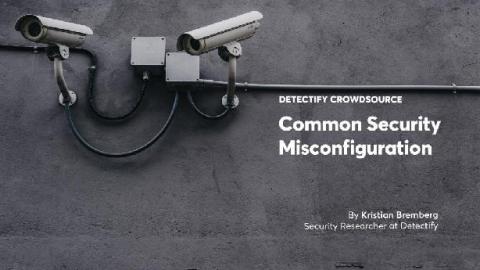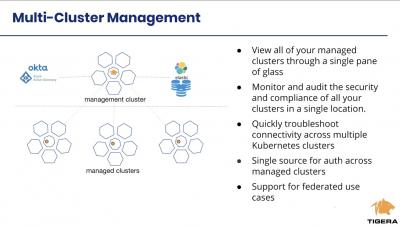The growing importance of endpoint security monitoring
Indeed, with millions of employees now working from remote locations and new services being rolled out to support them, the traditional security perimeter has vanished before our eyes. This has created a significant challenge for the security teams tasked with defending their organisations against threats – a challenge made even harder when the tactics and techniques of cybercriminals are constantly evolving.









